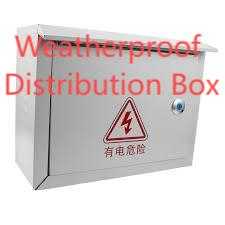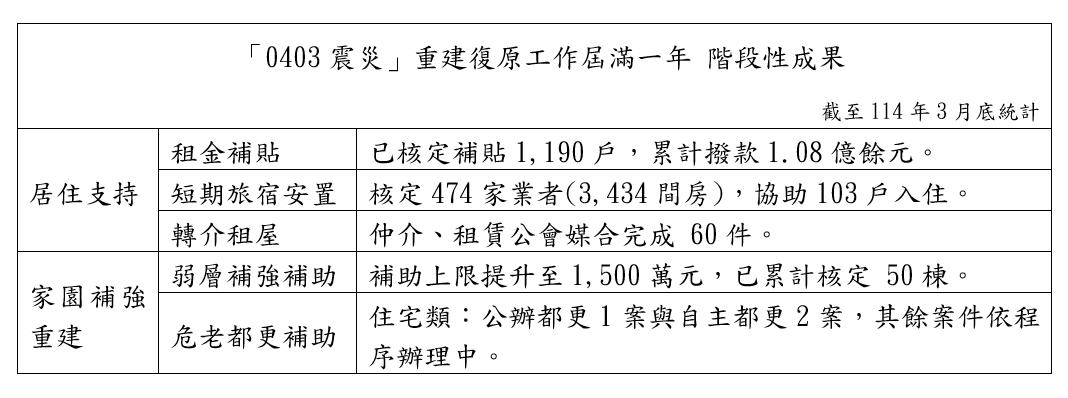Nante Weatherproof Distribution Box Durability Blueprint

In outdoor and industrial power systems, selecting the appropriate Weatherproof Distribution Box early in the design phase removes uncertainty and prevents costly field changes later on, because a correctly specified Weatherproof Distribution Box protects circuits from moisture, dust, and mechanical damage while simplifying maintenance and inspection workflows. Choosing wisely means balancing environmental exposure, thermal needs, and future expansion so the enclosure becomes a dependable system element rather than a recurring liability.
Site Assessment: Map Environmental Stressors First
A practical specification starts with a site survey. Record salt exposure, frequent washdowns, airborne particulates, UV intensity, and likely mechanical impacts from forklifts or vehicles. Each stressor shifts priorities: coastal locations demand superior corrosion resistance; washdown zones need chemical-tolerant gaskets and IP ratings; dusty or abrasive environments require reinforced entry points and filtered ventilation. Document expected cable routes and growth plans so the enclosure accommodates future breakers, surge protection modules, or monitoring devices without invasive modifications.
Materials, Finishes, and Corrosion Strategy
Material selection drives long-term durability. Marine-grade aluminum, stainless-steel alloys, and reinforced thermoplastics each offer distinct trade-offs in weight, thermal conductivity, and corrosion resistance. Surface finishes—high-quality powder coatings, passivation, or epoxy primers—extend service life in aggressive atmospheres. For bolted joints and fasteners, specify stainless hardware and consider sacrificial coatings where dissimilar metals meet. The goal is to minimize galvanic action and keep sacrificial maintenance to planned intervals rather than emergency replacements.
Sealing Systems and Cable Entry Best Practices
Sealing performance comes from system design, not a single component. Continuous molded gaskets, gasket retention channels, and calculated compression force preserve ingress protection through repeated access cycles. Cable glands must match conductor insulation and armor types; undersized or misapplied glands are a primary cause of post-installation ingress. Use factory-supplied gland plates or approved accessory kits to preserve the original rating when wiring. During commissioning, verify sealing integrity with as-installed tests rather than empty-box certificates.
Thermal Design: Avoid Hidden Hotspots
Heat shortens component life. Thoughtful internal layout separates heat-producing devices—transformers, contactors, and surge modules—from sensitive electronics and control relays. Passive strategies like strategic spacing and conductive mounting plates often suffice for moderate dissipation. For higher loads, integrate filtered fans, thermostatic blowers, or compact air-to-air exchangers that preserve enclosure ratings. During commissioning, run thermal-imaging scans under realistic load to detect hotspots before they lead to failures.
Installation Workflow That Preserves Ratings
Field technique determines longevity. Use calibrated torque tools for terminals and glands, follow manufacturer torque specifications, and sequence gland installation to prevent uneven compression. Protect open enclosures during construction to avoid contamination from weld spatter or concrete dust. Installer-friendly features—removable gland plates, captive hinges, and pre-marked mounting templates—reduce on-site improvisation that often compromises sealing. Require as-built documentation of gland types and penetration locations so future work preserves the enclosure’s specification.
Modular Interiors and Future-Proofing Options — Nante Engineering Focus
A modular interior simplifies upgrades and repairs. Pre-drilled mounting plates, DIN-rail sections, and removable busbar segments let teams add circuits or monitoring hardware without major retrofits. Consider specifying spare mounting space and pre-routed conduit knockouts for anticipated expansions. Nante’s approach emphasizes accessible compartments and standardized accessory ecosystems—blanking plates, surge modules, and climate-control options—that reduce the need to modify the enclosure body in the field.
Maintenance Regimen and Spare-Part Strategy
Predictable maintenance prevents surprises. Establish an inspection cadence that includes gasket compression checks, fastener torque verification, and moisture-wick detection at terminations after severe weather. Keep a modest spares kit—replacement gaskets, common gland inserts, and a few spare breakers—to reduce downtime. Thermal imaging during scheduled checks identifies developing issues before failure. Document maintenance actions and update asset records so future technicians understand original components and any deviations from factory configuration.
Procurement, Testing, and Total Cost Considerations
Evaluate suppliers not only on unit price but on test evidence, spare-part support, warranty scope, and documentation quality. Request third-party IP/NEMA test results for assemblies in realistic, populated configurations rather than empty-box ratings. Ask for corrosion test data or accelerated-weathering reports if deploying in aggressive atmospheres. Standardizing on a family of enclosures that share accessories reduces spare-part complexity and shortens repair times across multiple sites.
Human Factors, Safety, and Placement Strategy
Install units at ergonomic heights and locations that permit safe inspection without lifting equipment or creating fall hazards. Protect enclosures in traffic zones with bollards, and use tamper-resistant fasteners in public or unsupervised areas. Clearly label exterior circuits and maintain accessible lockout/tagout procedures so operations and maintenance teams can isolate systems safely. Where continuity is critical, design redundant feeds or bypass arrangements to permit servicing without disrupting essential functions.
Real-World Lessons and Final Recommendations
Field experience shows most long-term failures originate from improper gland selection, loose terminations, or thermal bottlenecks—not the base enclosure itself. Emphasize installation discipline, use factory accessories, and plan preventive maintenance to keep systems reliable. By matching materials and finishes to the exposure profile, designing for thermal balance, and specifying installer-friendly details, teams convert a vulnerable junction into a resilient infrastructure asset. For detailed technical guidance, product ranges, and case studies, visit https://www.nante.com/news/industry-news/weatherproof-distribution-boxes-features-applications-future-trends-and-more.html



